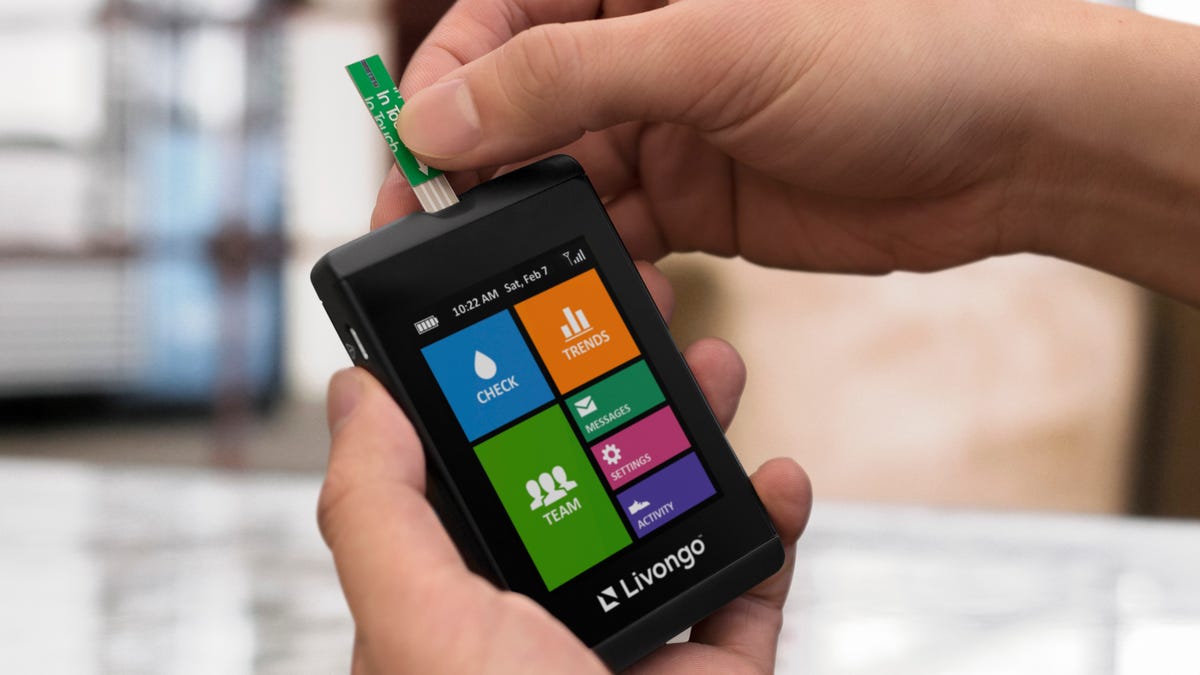No digital Swiss Army knife on horizon for health wearables market
Unlike smartphones, health and medical devices try not to be a digital catch-all.

The smartphone put most of our daily life into one small device, but when it comes to health and medical wearables, your personal Star Trek-like tricorder is still a ways off.
That's the consensus at the Parks Associates Connected Health Summit in San Diego this week where specialized blood pressure watches, under-skin glucose monitors, pain relief cuffs and even posture pendants are more in favor than one band to rule them all.
"My 80-year-old aunt will never wear a Fitbit," said Ranndy Kellogg, CEO of Omron Healthcare. "But if I can get her to just use a blood-pressure monitor, that's a win."
Omron's blood-pressure monitor "watch."
For device makers, the win is measured by a market worth $3.2 billion last year that is expected to grow to nearly $8 billion by 2020, according Mordor Intelligence. That's healthy growth rate, but still dwarfed by the $425 billion in smartphone sales or even the $45 billion in worldwide fitness band and smartwatch sales in 2016.
Unlike smartphones, which use free or inexpensive apps to extend their abilities, health wearables rely on special sensors that don't scale as cheaply.
"If you could develop a $50 patch that could measure everything, that would be different," said Jim Pursley, chief commercial officer for diabetes-monitoring Livongo Health, which makes a connected glucose monitor that looks like a squatty Windows phone. "But I'm not sure we're close to getting there."
Livongo Meter is a connected glucose monitoring device. It doesn't get email.
Connecting the health and wearable dots in the minds of consumers (conference attendees are careful not to call them "patients" any more) will require mending a disconnect: 60 percent of US broadband households have at least one person with a chronic condition, according to Parks Associates. Yet only 7 percent of the US population has a smartwatch. Meanwhile, 76 percent of people with diabetes have a smartphone, but only 24 percent use an app to manage the condition.
There's time to close those gaps. Healthcare wearables are an emerging sector, a cut above the Fitbits and Apple watches that are well known today. "Why are you wearing a device?," asks Jeroen Brouwer, Philips' director of business development. "Fitness? Diabetes? To avoid another heart attack?"
But the focused nature of such wearables flies in the face of the most popular tech product of our age: The smartphone adds functionality via apps that add no bulk while creating a digital Swiss Army knife. Health and fitness wearables ask users to wear a device that does much less in exchange for being yet another device to buy, charge and potentially lose. And, they aren't much fun -- for now.
"There are things we can take from the gaming community," says John Vander Meulen, a general manager for Johnson & Johnson's health tech division. "Look at the experience of Pokemon Go; it's a lot better than something you have to do and that is often scary."
Smartwatches with motion and heart rate sensors are the closest thing to a converged medical wearable today, but they are typically not cleared by the FDA, let alone at its alone at Level II or Level III tiers that rigorously test for accuracy, effectiveness and minimal chance of causing harm.
But the smartphone remains fiddly and uneven by medical standards. "This isn't a technology or motivation problem," says Livongo's Pursley. "It's a consumer experience problem. Nobody wants to be launching apps and syncing devices" on the constant basis that medical wearables are used to create rich data.
One vendor was showing a high degree of convergence at the conference: Higi is a Chicago-based company whose device monitors blood pressure, heart rate, weight, body mass index and the more nuanced Body Composition, the ratio of your moisture, fat and lean mass. But it's a kiosk the size of a phone booth that is placed in retail locations.

